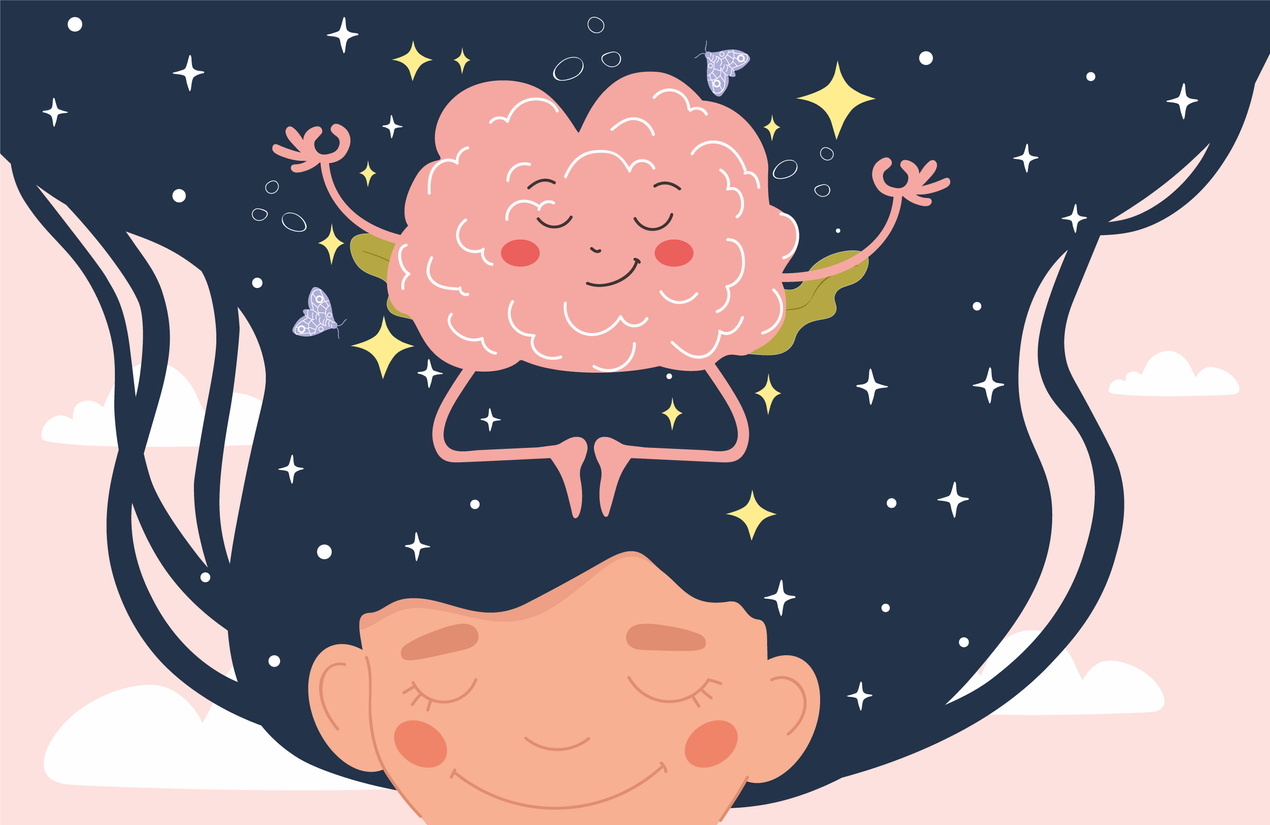Living with Chronic Pain
What Is Complex Post-Traumatic Stress Disorder (C-PTSD)?

What is PTSD?
Post-traumatic stress disorder, or PTSD, is a mental health condition that is triggered by experiencing or witnessing a traumatic event. The triggering event can be shocking, scary, dangerous or life-threatening. Examples of events that can lead to PTSD include, but are not limited to, natural disasters, assault, abuse, military combat, neglect, accidents, crimes, severe injuries, or witnessing violence or terrorism. It is an anxiety disorder that relates back to a traumatic event.
What is complex PTSD?
Complex PTSD, or c-PTSD, is the result of trauma that is experienced over a prolonged time (months or years) rather than one specific instance. It closely resembles PTSD, but has additional features that make it distinct.
C-PTSD may be referred to as “Enduring Personality Changes After Catastrophic Events” or “Disorders of Extreme Stress Not Otherwise Specified.” It is sometimes considered to be a subtype of borderline personality disorder (BPD); however, a history of trauma is not needed to diagnose BPD.
Symptoms
Many of the symptoms of c-PTSD are also found in individuals experiencing PTSD. They include, but are not limited to, the following:
- Avoidance of certain situations
- Flashbacks
- Nightmares
- Somatic symptoms (physical symptoms with no medical cause)
- Hyperarousal
- Changing beliefs or feelings about self and others
- Difficulty sleeping
- Difficulty concentrating
Symptoms unique to c-PTSD include, but are not limited to, the following:
- Negative self-perception
- Loss of values
- Difficulty with relationships
- Distorted perception of abuser
- Lack of emotional regulation
- Dissociation
Causes
Long-term trauma of any kind can cause c-PTSD, although it is seen most frequently in survivors of caregiver abuse. Examples of long-term trauma leading to c-PTSD include, but are not limited to, the following:
- Sex trafficking
- Ongoing domestic violence
- Ongoing childhood abuse
- Ongoing childhood neglect
- Ongoing physical, emotional, or sexual abuse
- Kidnapping
- Slavery
- Torture
- Multiple traumas
- Living in a war area
- Being a prisoner of war
Complex PTSD adverse childhood experiences
C-PTSD often begins in early childhood. Adverse childhood experiences (ACEs) involve traumatic occurrences during childhood. Having an ACE does not automatically result in c-PTSD; however, having multiple ACEs increases the risk of developing c-PTSD. Examples of ACEs include:
- Chronic poverty or neglect
- Mental health disorders in the family
- Substance dependency in the family
- Incarcerated family members
- Housing instability
- Family member’s death by suicide
- Exposure to violence, abuse or neglect
- Growing up in an unsafe environment
Risk factors
Anyone can develop c-PTSD at any time. There are certain factors that increase the risk of developing c-PTSD. In addition to a prolonged traumatic experience, risk factors include the following:
- How the brain regulates hormones and neurochemicals
- Temperament (inherited personality traits)
- Underlying mental illness
- Family history of mental illness
- Lack of a support system
- Dangerous jobs
Additional source: Medical News Today


















